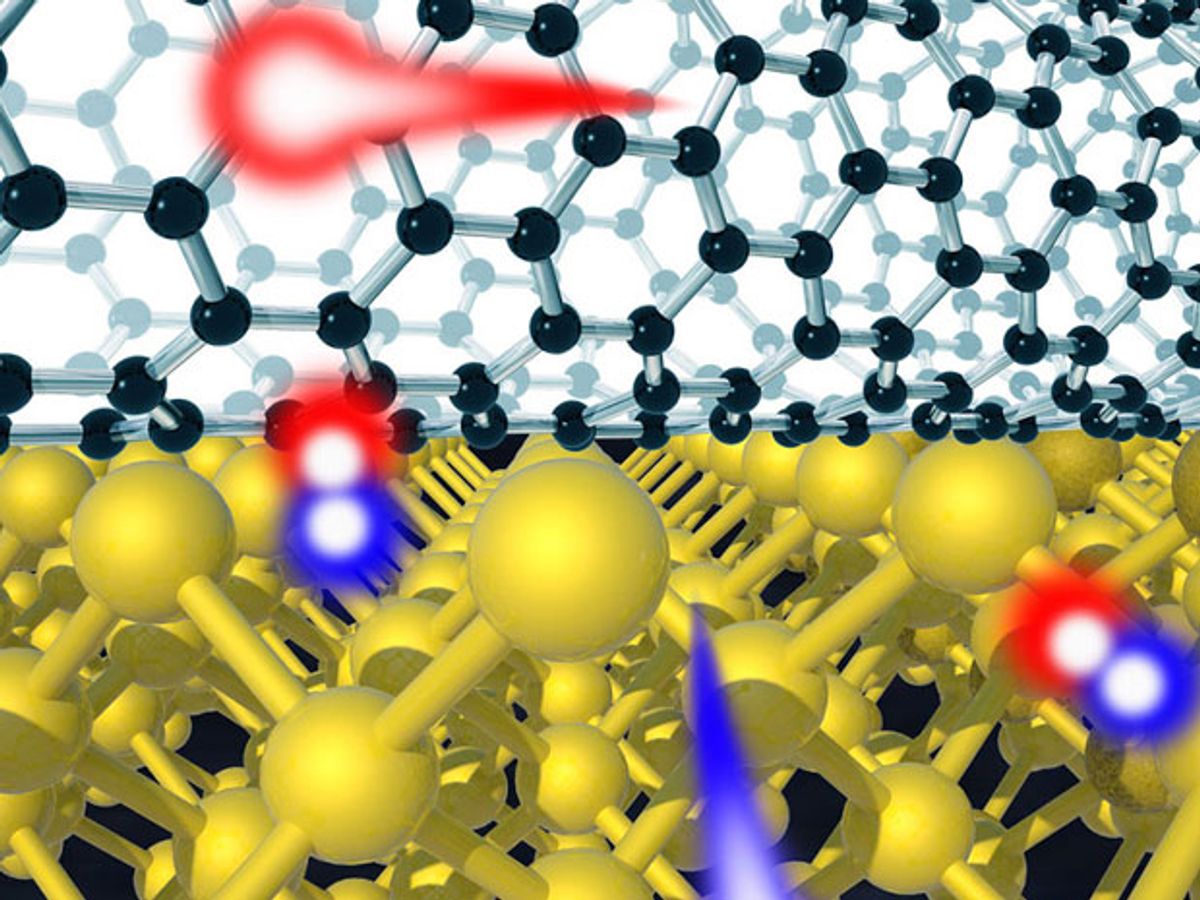Research into improving photovoltaics (PVs) is one of the most dynamic areas of nanotechnology. The range of nanomaterials and approaches to using them for increasing the energy conversion efficiency and lowering the cost of PVs are impressive.
Quantum dots have generated some of the more attractive approaches to creating solar cells with extremely high conversion efficiencies. Even the wonder material graphene has gotten into the act recently by offering an inexpensive alternative to indium-tin-oxide (ITO) used in the electrodes of organic solar cells.
But industry adoption of nanotechnology-based solar power solutions has been rocky, epitomized by last year's bankruptcy of Konarka. Often in emerging technologies—and perhaps in the case of nano-enabled PVs—it’s better not to reinvent the wheel but just figure out a way for it to roll a bit better.
“Our approach bridges the cost-effectiveness and excellent electrical and optical properties of novel nanomaterials with well-established, high efficiency silicon solar cell technologies,” said André D. Taylor, assistant professor of chemical and environmental engineering at Yale and a principal investigator of the research, in a university press release.
The research, which was published in both the journal Energy and Environmental Science (“Improved efficiency of smooth and aligned single walled carbon nanotube/silicon hybrid solar cells”) and Nano Letters (“Record High Efficiency Single-Walled Carbon Nanotube/Silicon p–n Junction Solar Cells”), developed a new method for applying the thin film the researchers have dubbed “superacid sliding.”
The new technique allows for the use of a low-temperature, simpler, and less-expensive method of using single-crystalline silicon for PVs. While crystalline silicon solar cells have higher energy conversion efficiency than organic solar cells, the knock against them has been that they are extremely costly to produce because of the high temperature processing required for the material. The new technique not only lowers the cost of processing crystalline silicon solar cells, it also increases the conversion efficiency typically seen in organic solar cells, seemingly reconciling the two goals of lowering manufacturing costs and improving conversion efficiency, which together in the same package has remained elusive.
“This is striking, as it suggests that the superior photovoltaic properties of single-crystalline silicon can be realized by a simple, low-temperature process,” said Xiaokai Li, a doctoral student in Taylor’s lab and a lead author on both papers, in the press release. “The secret lies in the arrangement and assembly of these carbon nanotube thin films.”
Image: Xiaokai Li and André Taylor/Yale University
Dexter Johnson is a contributing editor at IEEE Spectrum, with a focus on nanotechnology.




